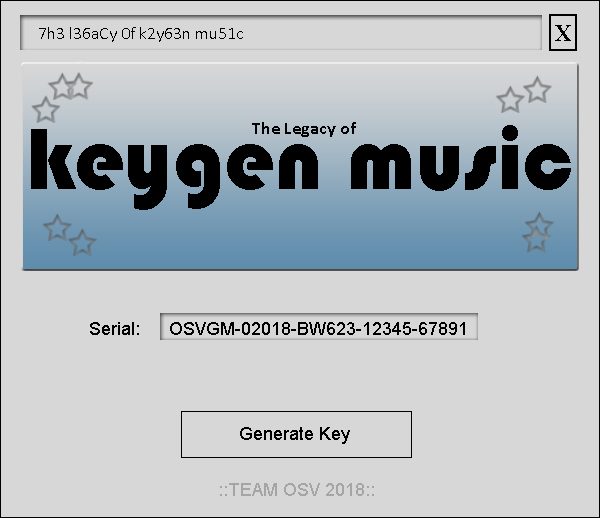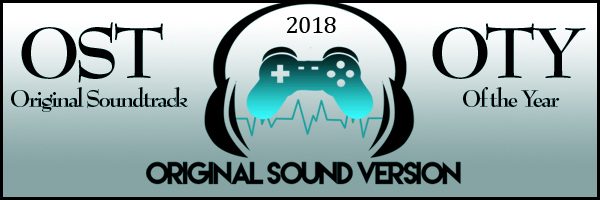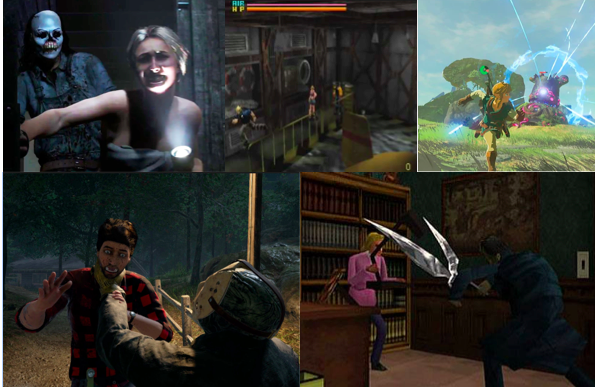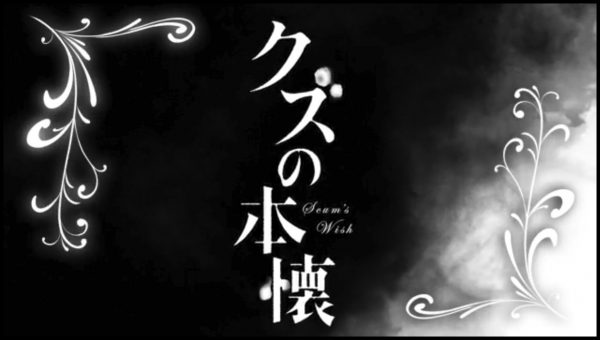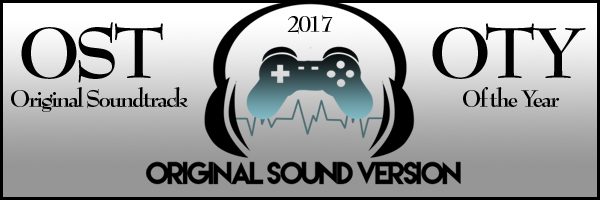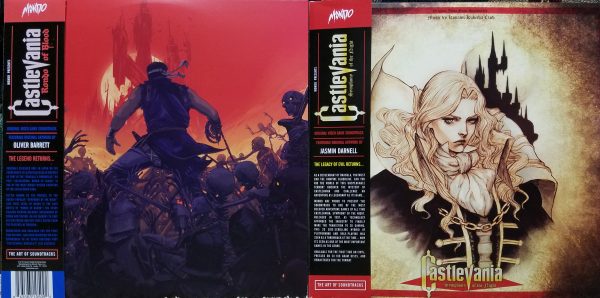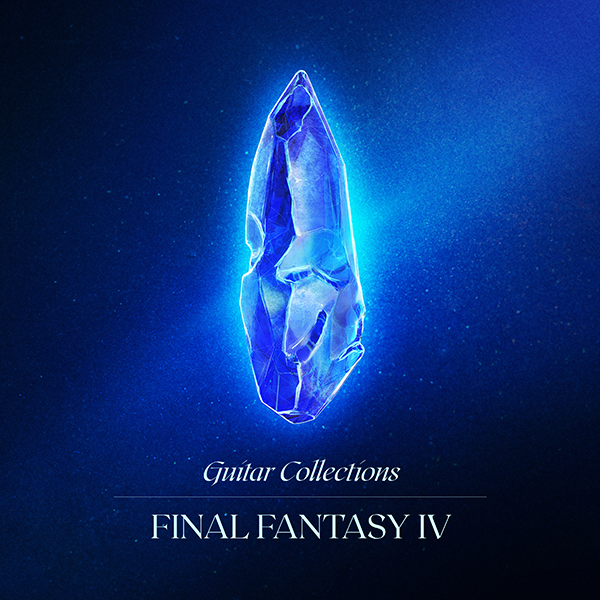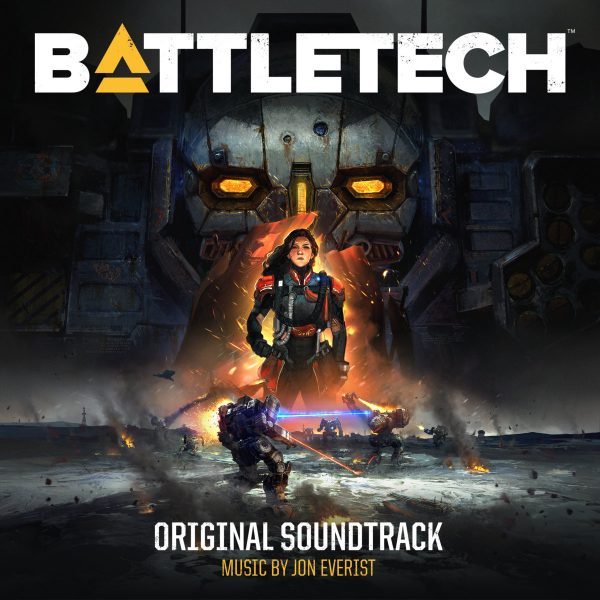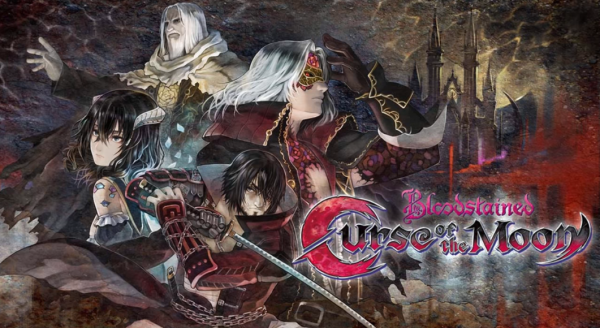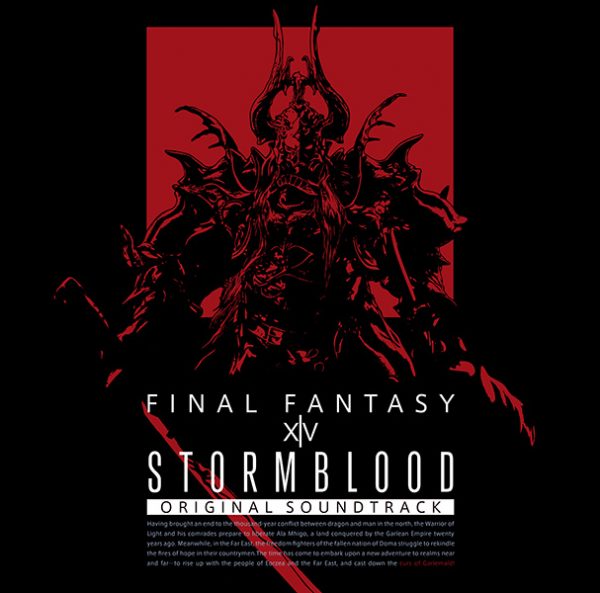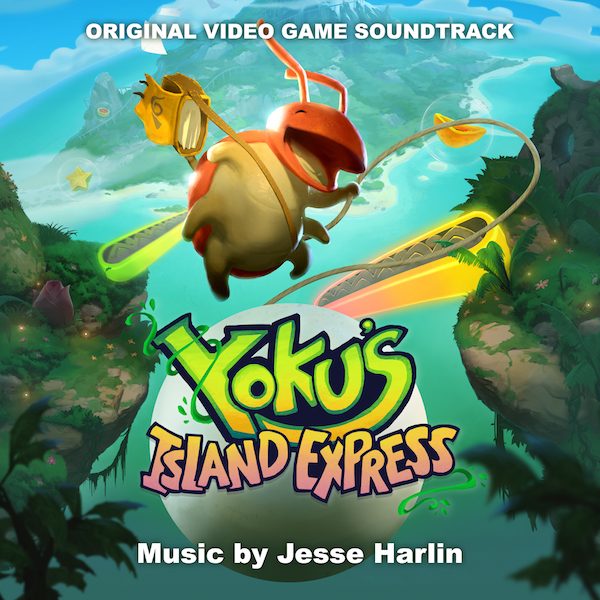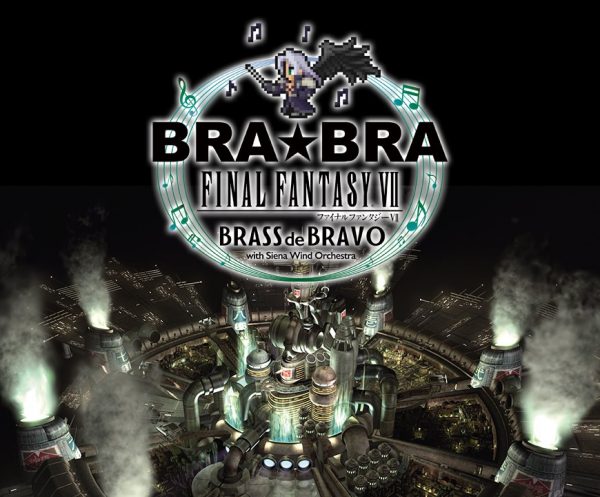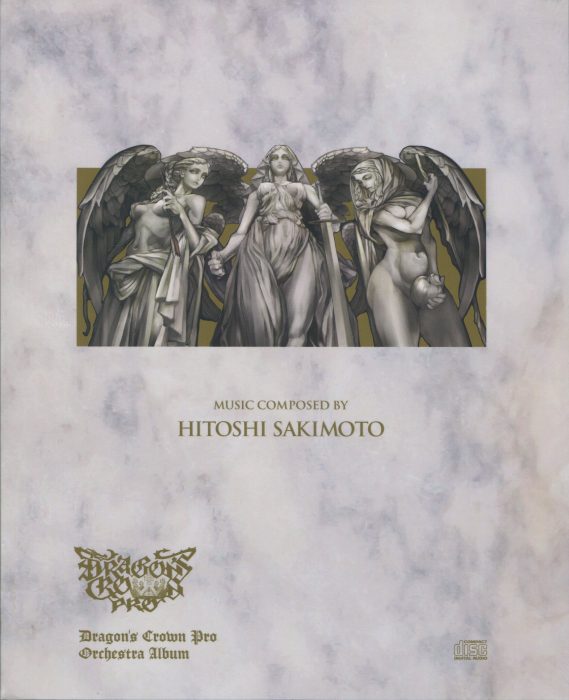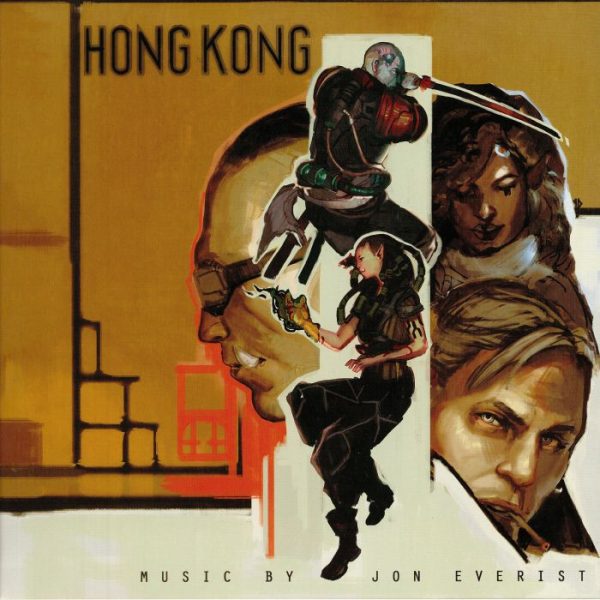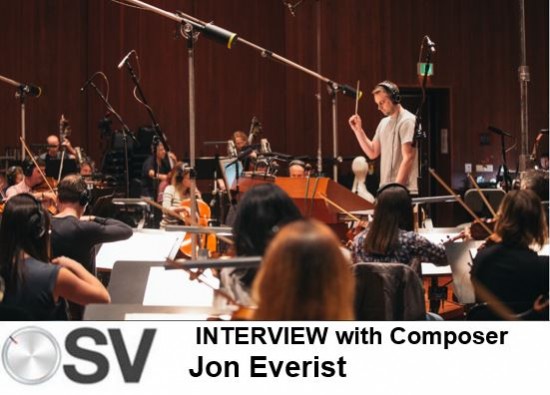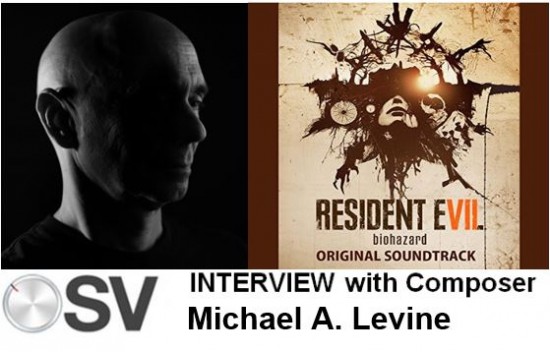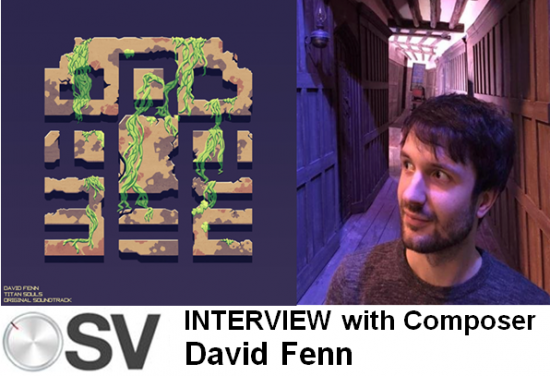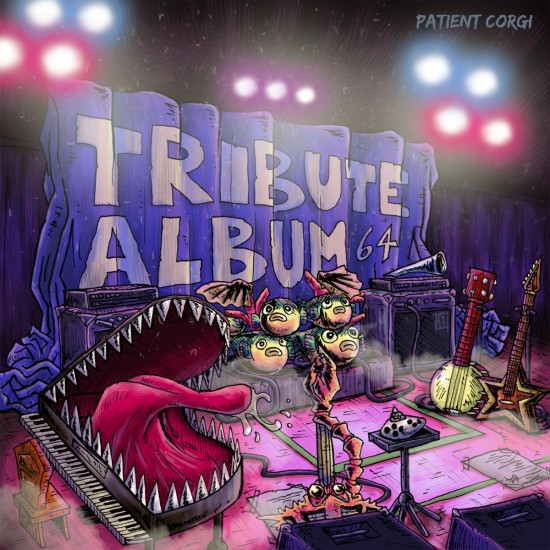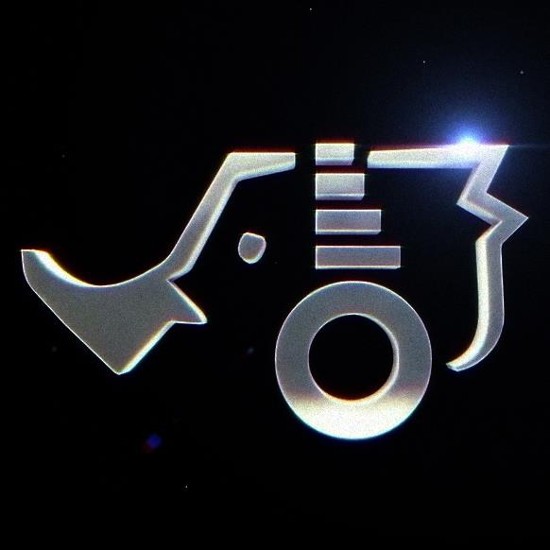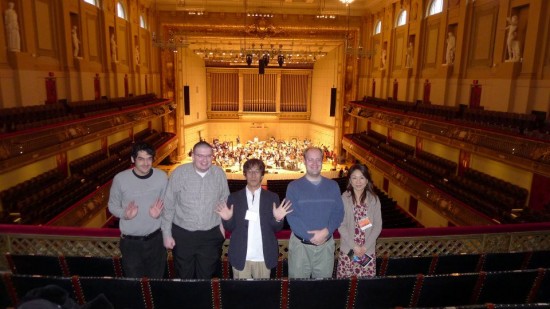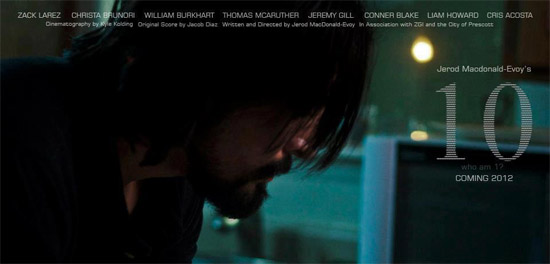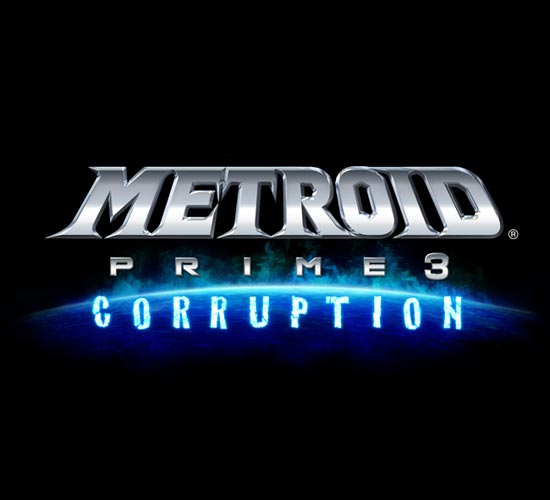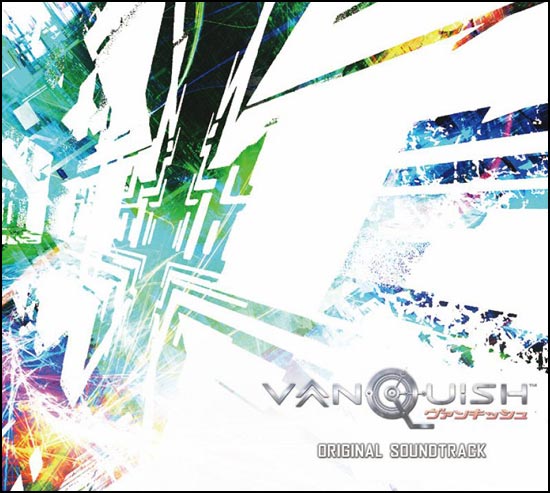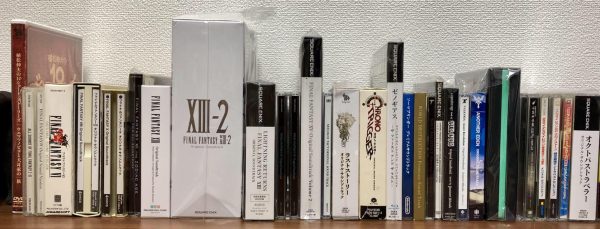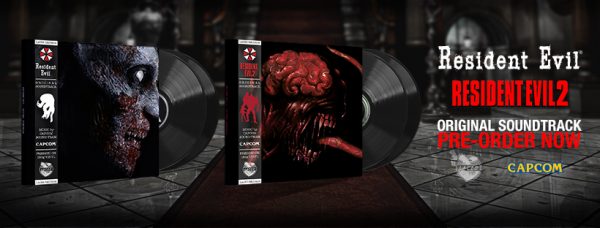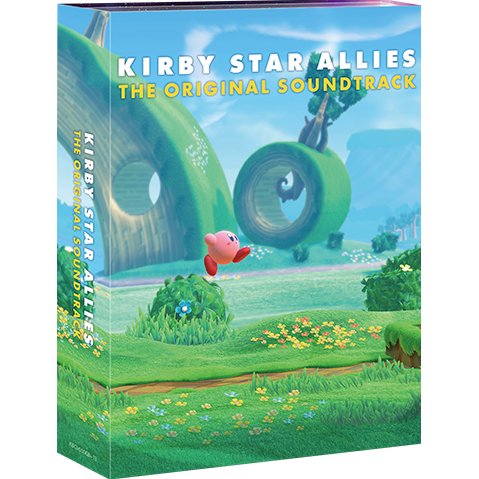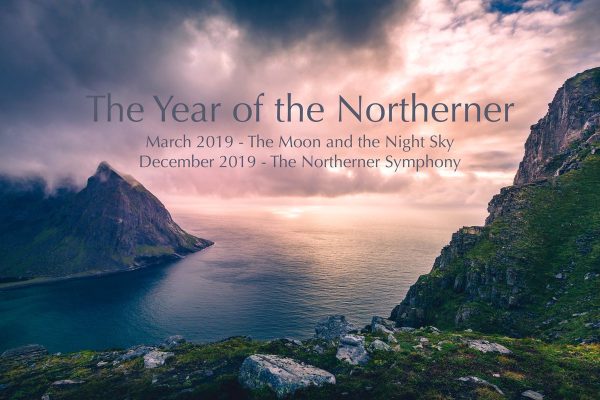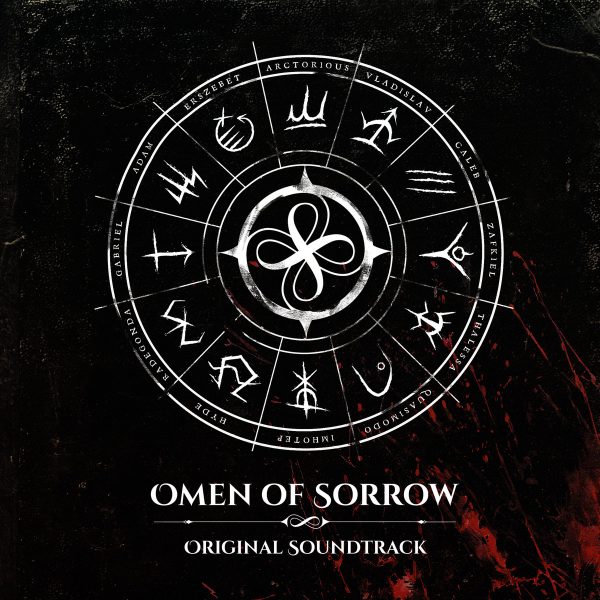I know everyone’s had that experience where they’ve been more drawn to a title because of the composers involved than from the game itself. That shouldn’t necessarily be the case with Vanquish, as the game itself looks amazing, but the fact that composer Masafumi Takada (Killer 7, No More Heroes) and Erina Niwa (Bayonetta) were responsible for the music had me immediately interested in the soundtrack.
Well, the game release and soundtrack release have come and gone, and we’re getting around to checking out the 3-disc electronic score. Does it live up to the two composers’ past works?
Hit the jump for our review of the Vanquish Original Soundtrack.
You may have heard by now or experienced for yourself the fact that this game features a pretty moody electronic score. Maybe I should say electronic ambient, as there isn’t much here that’s going to stick with you in the long term. However, for setting the mood in this highly-futuristic third-person shooter, it does the trick just fine in-game.
It’s also interesting to note that while this game can supposedly be completed in just 4 hours, there are in fact 3 discs of music, totaling over 3 and a half hours. I think that’s a pretty good ratio. But while you get a ton of music in this game, I can’t say that it’s easy to differentiate the individual pieces from one another, making it difficult to call out specific tracks in a review. The album is better enjoyed as a background listening experience, setting a particular mood just as it functions in the game.
I will jump into some themes however, starting with Masafumi Takada’s contributions. His opening “Title” is a rough-and-tumble electronic theme that, while familiar for fans of Takada, is also very abstract. The following “Tutorial” is even more so, but is easily one of my favorite tracks on the album. It’s very minimalistic with filtered 303 sounds, but like most of the rest of the album, it’s all about atmosphere. “Battle on the East Deck” has some semblance of a melody underneath its many layers, and “Desperate Situation” has a nice swagger to it, sounding almost “Wild West” in its approach. “The Colony’s Center” is a percussion-heavy yet subdued track that reminds me a bit of Metroid Prime, and I also dig the crunching white noise percussion in “Showdown.” One of the final tracks on the album, “Staff Roll Shooting,” is a triumphant track with a regal brass melody that’s over 8 minutes long, and is the first time you’ll hear an actual upbeat melody in the game. I do admit it sounds like something out of a fantasy game like 3D Dot Game Heroes though.
Erina Niwa was one of my favorite contributors to the Bayonetta soundtrack, and she handled a large number of tracks here. While the emotional opening sequence, titled simply “Opening,” gets off to a questionable start combining orchestral and electronic sounds with a rather muddy and distant mixing job, it isn’t long before she gets back on track. “Breaking into the Colony” gallops along with mostly orchestral instrumentation before you’re surprised with some breakbeats that unexpectedly jump into the mix, creating a pretty cool blending of styles between Niwa and Takada. I dig the siren-like synths in “First Battle,” and the chugging synth lines and industrial percussion in “Third Spaceport Lobby” sound a lot like Trent Reznor’s work. “East Deck Passageway” takes on an ethnic sound with a rhythmically plucked string instrument that works nicely alongside the crunched and distorted pads that hint at something sinister. From the darker atmospheres of “Highway 18” and “Central Park,” the explosive sound of “Bogey Battle,” and the airy ambient soundscapes of “Communication in the Large Lift” (more Metroid Prime-esque goodness), Niwa provides a lot of variety with her compositions.
Rounding out the score, Niwa’s “Option Menu” is another great piece with a chugging synth acting as the bassline, and a rather ominous melody carried by an airy pad. “Georgie Dance,” on the other hand, is quite the anomaly with its awesome disco roots, making me wonder what the game would have been like with an entire disco soundtrack. Another favorite of mine is “Communication with Burns,” an ominous and creepy ambient track that sounds like something out of a horror flick. “Final Battle” is appropriately powerful with the use of choir pads and electric guitar.
Composer Masakazu Sugimoro’s sole contribution, “Freight Train Battle 1,” plays nicely with Takada and Niwa’s compositions, adding an electric guitar to the standing electronic mix, and featuring these cool brassy synth blasts that almost sound like a train.
As mentioned, there’s a whole lot of music here, and again, you’re not going to remember most of it, but at least it’s cool while it lasts. On one hand, I love an atmospheric score that enhances what’s going on in the game, but I also wish there was a little more here to cling to among the 3-disc set. I do love the packaging, which sports a mainly white theme (including the plastic disc trays) with some psychedelic splashes of color. The booklet comes with comments from the designers and composers as well as commentary on every track, which would probably help differentiate the pieces. Unfortunately, it’s all in Japanese. It is a bit pricey at approximately $45.00 USD, but it’s still available at Play-Asia and CD Japan if you’re interested.
Did you play Vanquish and have thoughts regarding how the music worked in the game? What do you think of this kind of atmospheric approach and volume of music?
Tags: Electronic, Erina Niwa, Masafumi Takada, Masakazu Sugimoro, Music Reviews, Platinum Games, Reviews, SEGA, Videogame, Wave Master